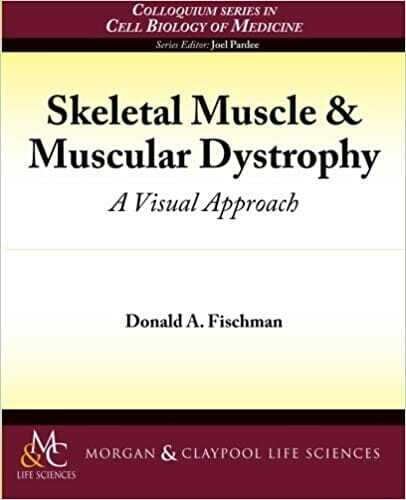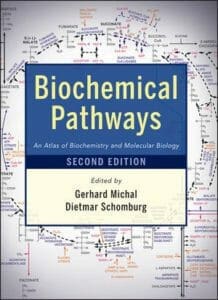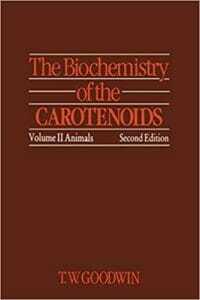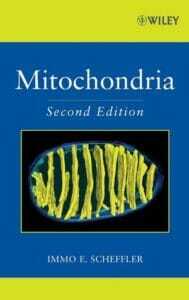
By Donald A.Fischman
Skeletal Muscle and Muscular Dystrophy A Visual Approach PDF. Histologically, muscle is conveniently divided into two groups, striated and nonstriated, based on whether the cells exhibit cross-striations in the light microscope (Figure 3). Smooth muscle is involuntary: its contraction is controlled by the autonomic nervous system. Striated muscle includes both cardiac (involuntary) and skeletal (voluntary). The former is innervated by visceral efferent fibers of the autonomic nervous system, whereas the latter is innervated by somatic efferent fibers, most of which have their cell bodies in the ventral, motor horn of the spinal cord. Smooth muscle is designed to have slow, relatively sustained contractions, while striated muscle contracts rapidly and usually phasically. Both cardiac and smooth muscle cells are mononucleated, whereas skeletal muscle cells (fibers) are multinucleated. [In aging hearts or hypertrophied hearts, cardiac muscle cells are often binucleated.] Multinucleation of skeletal muscle arises during development by the cytoplasmic fusion of muscle precursor cells, myoblasts. Adult skeletal muscle cells do not divide; that is also true of most cardiac myocytes. However, skeletal muscle exhibits a considerable amount of regeneration after injury. This is because adult skeletal muscle contains a stem cell, the satellite cell, which lies beneath the basement membrane surrounding the muscle fibers. [The multinucleation of cardiac muscle arises from karyokinesis without cytokinesis.] A diagrammatic series of enlargements of skeletal muscle are shown in Figure 4. A bundle of muscle fibers (fasciculus) is cut from the deltoid muscle. Each muscle cell is termed a myofiber or muscle fiber. Each muscle fiber contains contractile organelles termed myofibrils, which contain the contractile units of muscle termed sarcomeres. The sarcomeres are composed of myofilaments, which in turn are composed of contractile proteins. Muscle connective tissue layers are organized in concentric layers that are important in the entry and exit of vessels and nerves to and from the tissue. These are shown in Figure 5. The outermost layer is the epimysium or muscle sheath. Connective tissue septae (perimysium) run radially into the muscle tissue, dividing it into muscle fascicles. The deepest layer, surrounding each of the muscle fibers is the endomysium. The endomysium is in direct contact with a basal lamina that ensheathes each muscle fiber. It surrounds the plasma membrane of the muscle fiber termed the sarcolemma.
| File Size | 2 MB |
| File Format | |
| Download link | Free Download | Become a Premium, Lifetime Deal |
| Support & Updates | Contact Us | Broken Link |
| Join Our Telegram Channel |  |













![Ettinger’s Textbook of Veterinary Internal Medicine 9th Edition [PDF+Videos] Ettinger’s Textbook of Veterinary Internal Medicine 9th Edition [True PDF+Videos]](https://www.vet-ebooks.com/wp-content/uploads/2024/10/ettingers-textbook-of-veterinary-internal-medicine-9th-edition-100x70.jpg)

![Textbook of Veterinary Diagnostic Radiology 8th Edition [PDF+Videos+Quizzes] Thrall’s Textbook of Veterinary Diagnostic Radiology, 8th edition PDF](https://www.vet-ebooks.com/wp-content/uploads/2019/09/textbook-of-veterinary-diagnostic-radiology-8th-edition-100x70.jpg)






